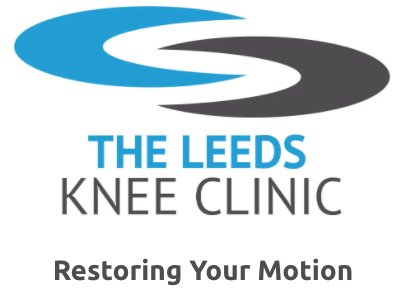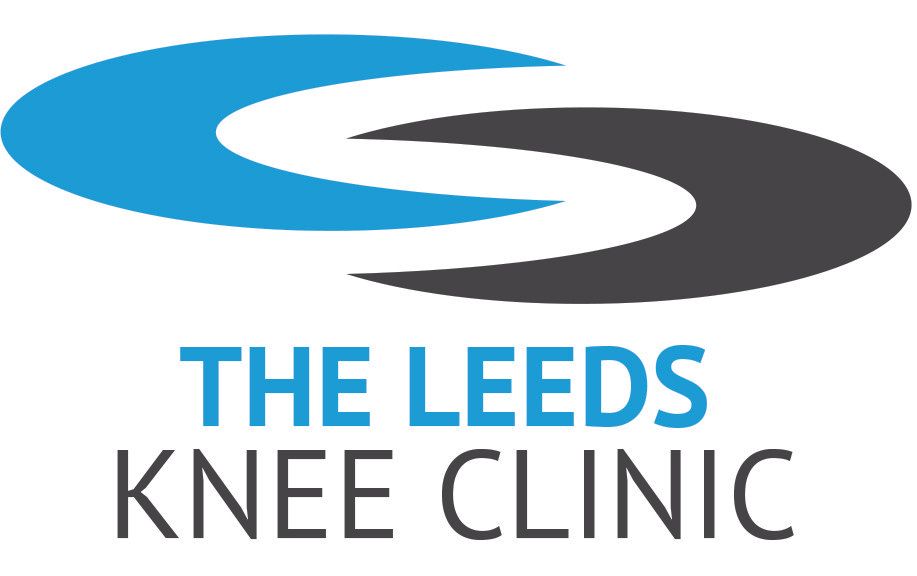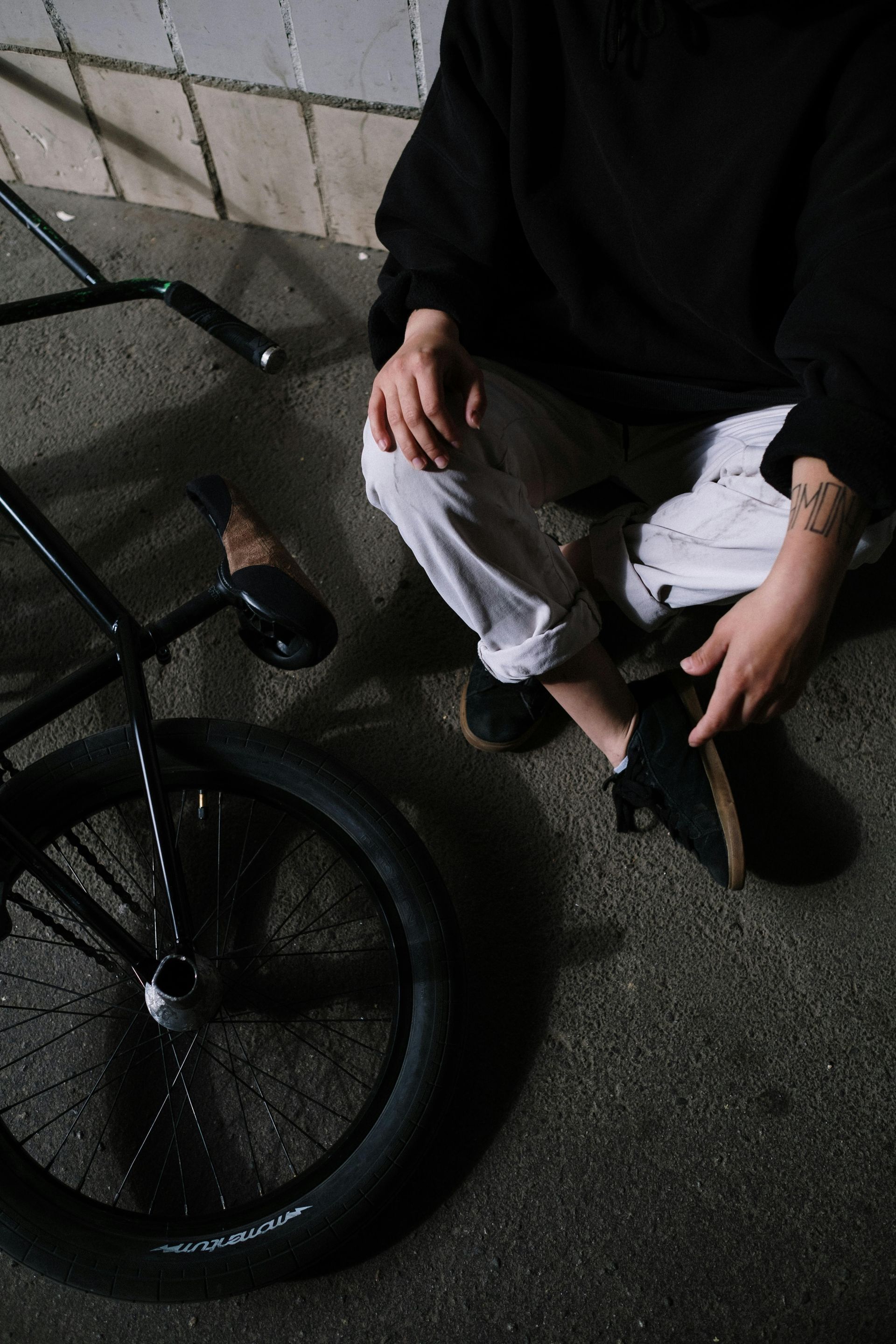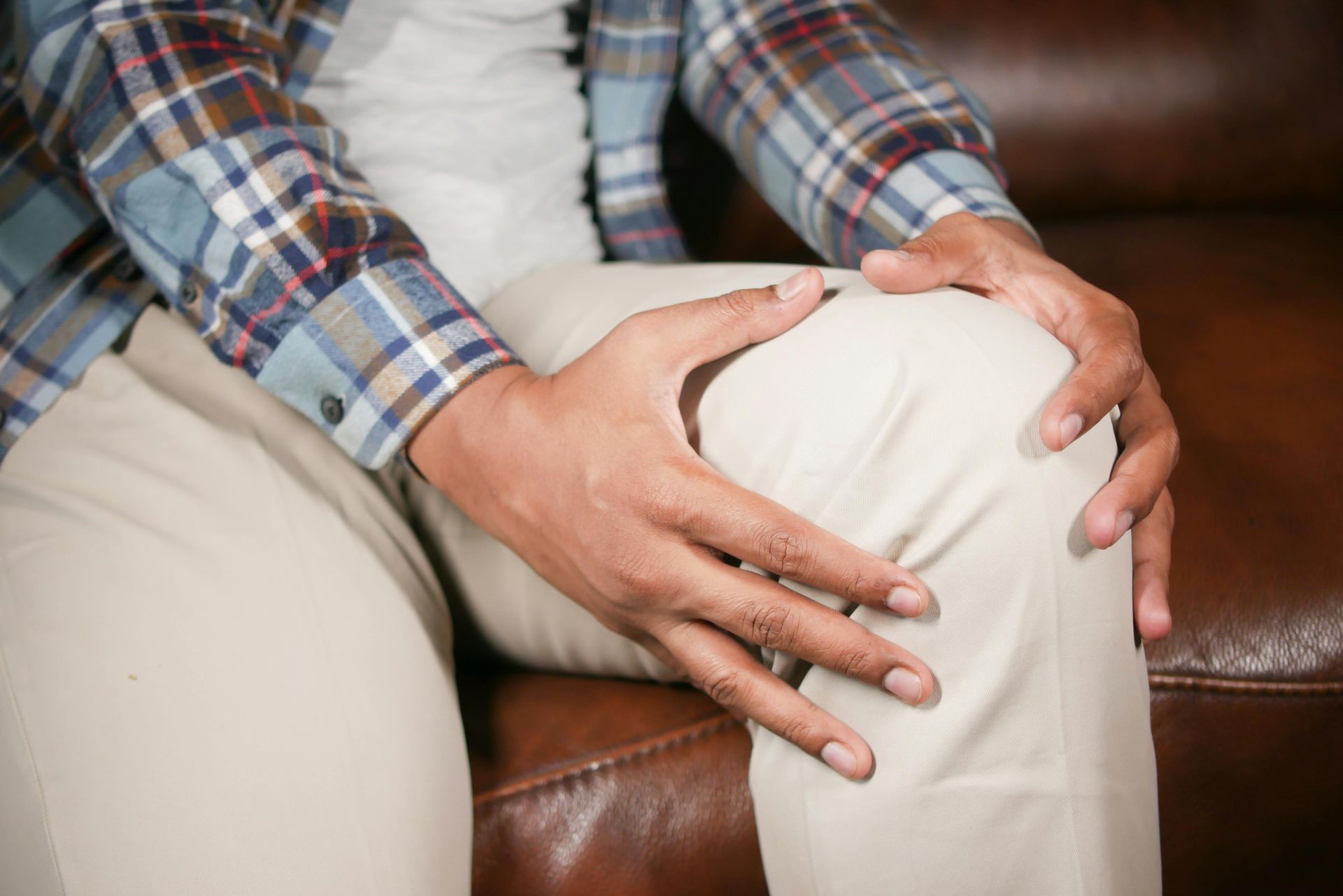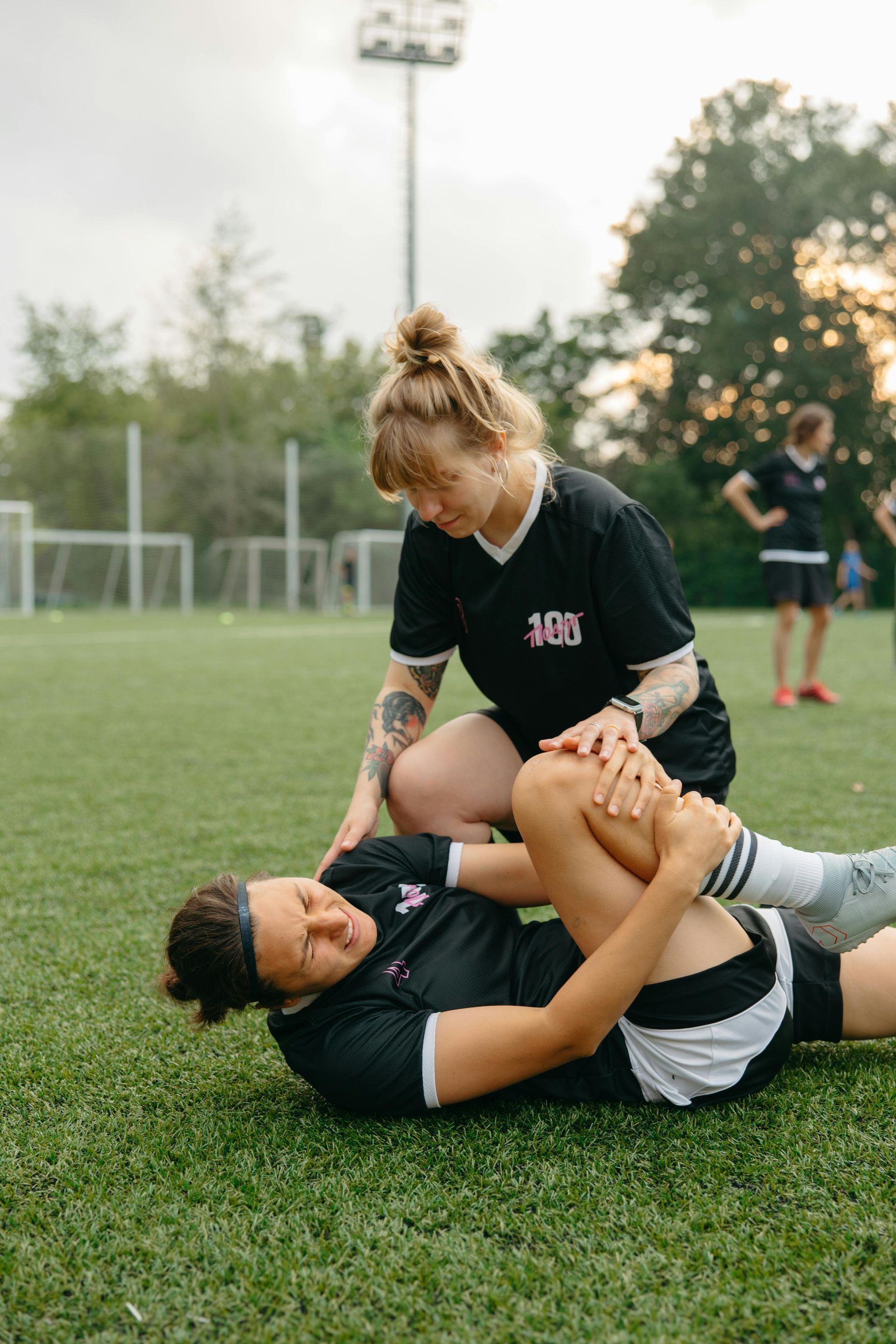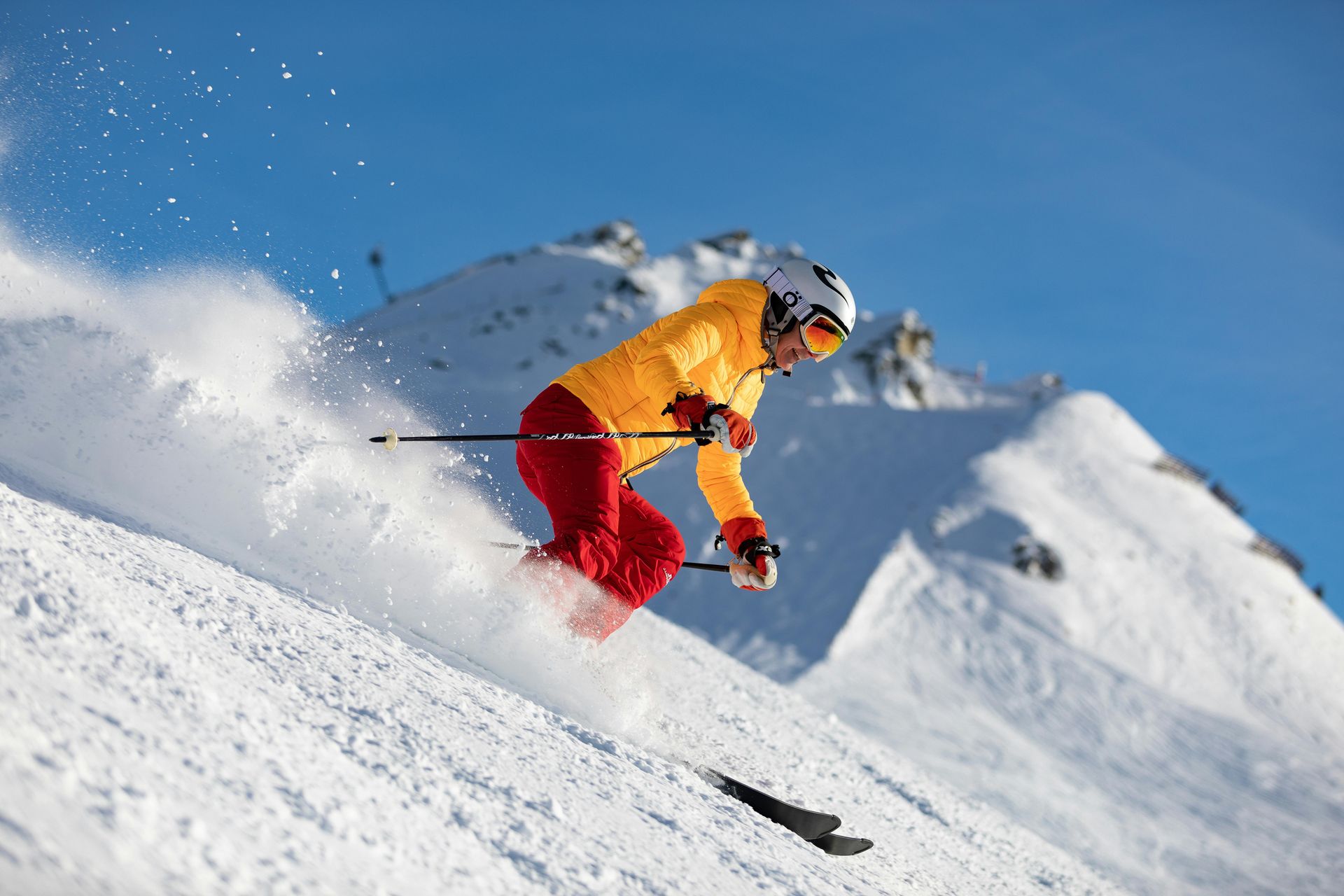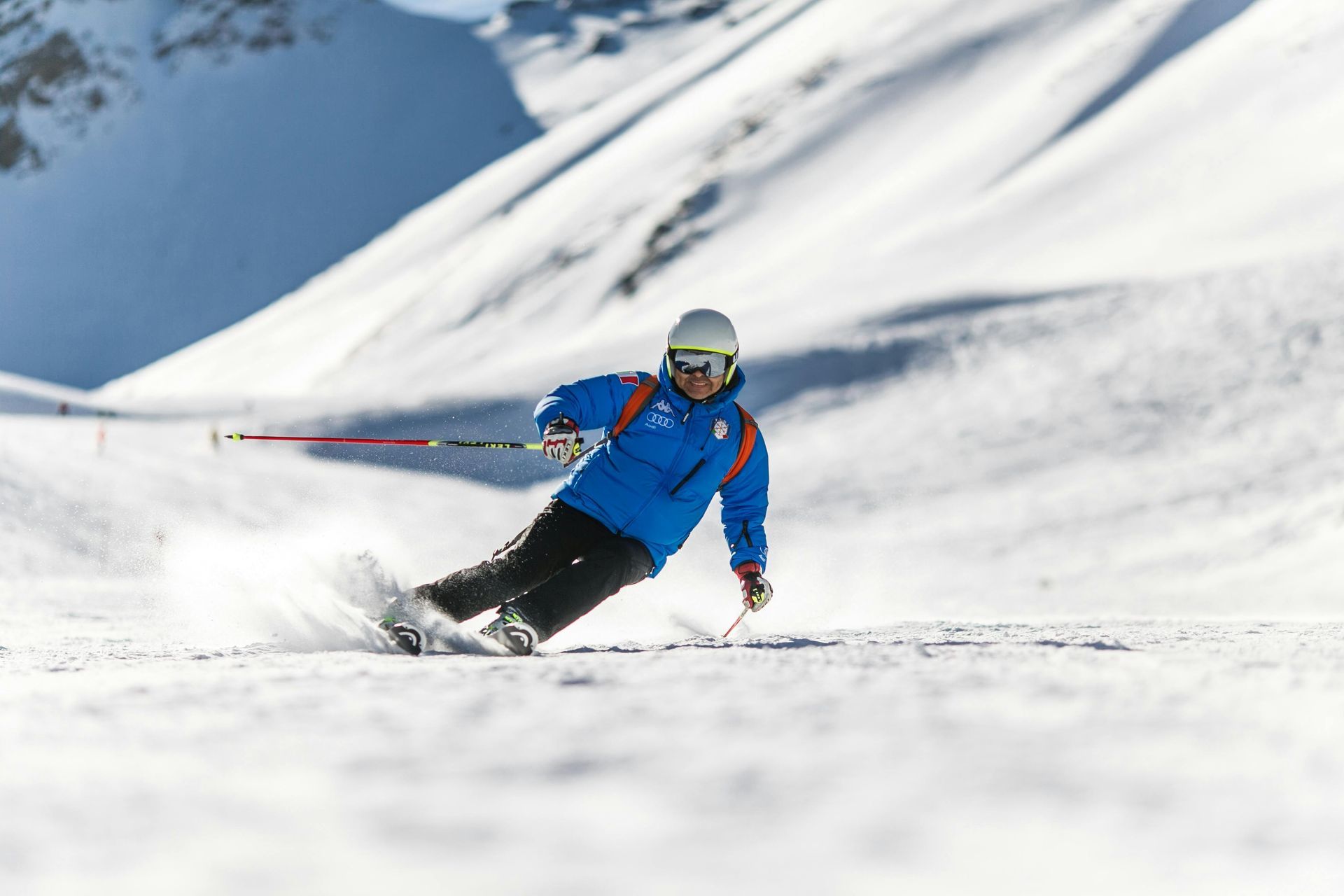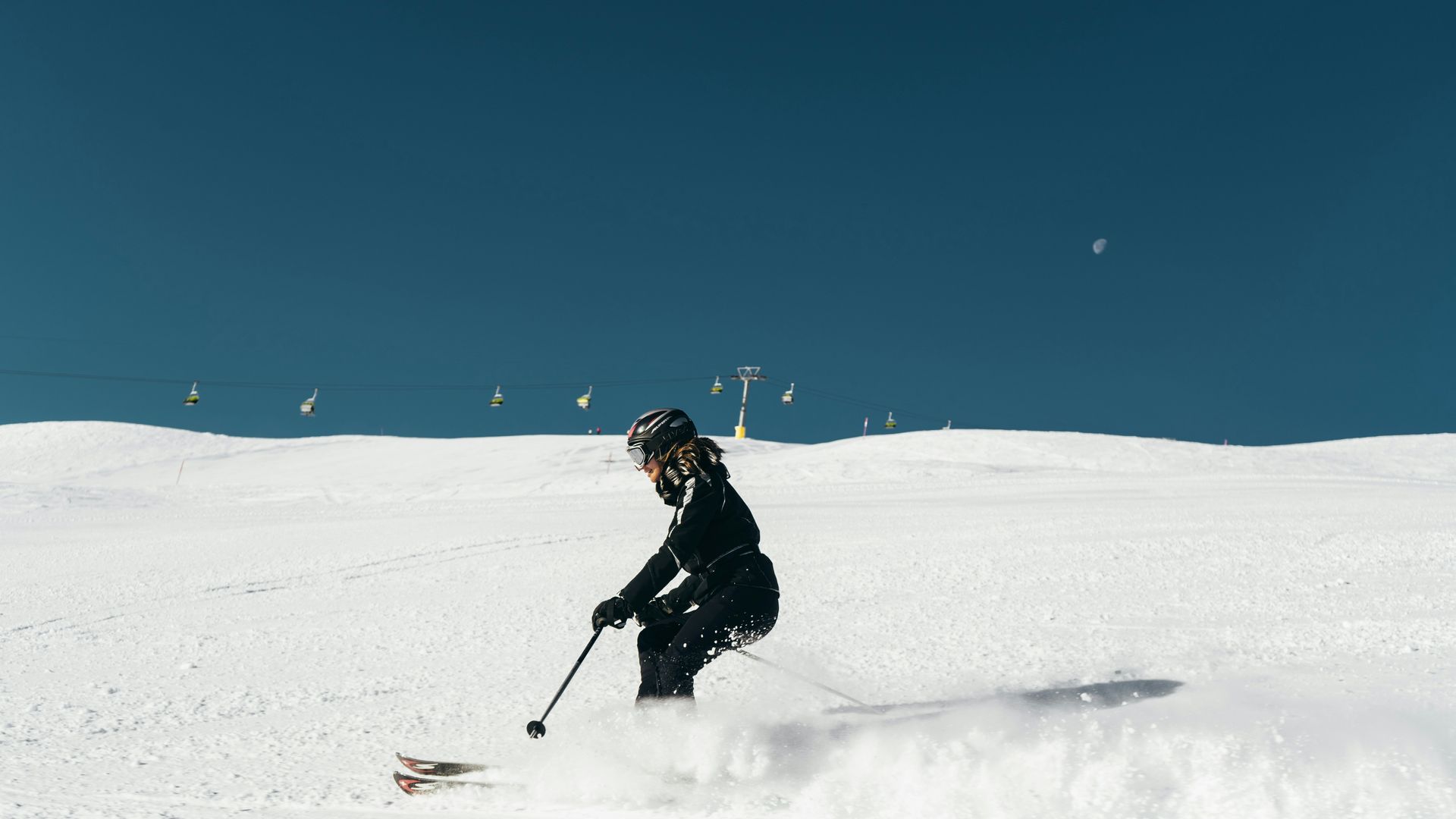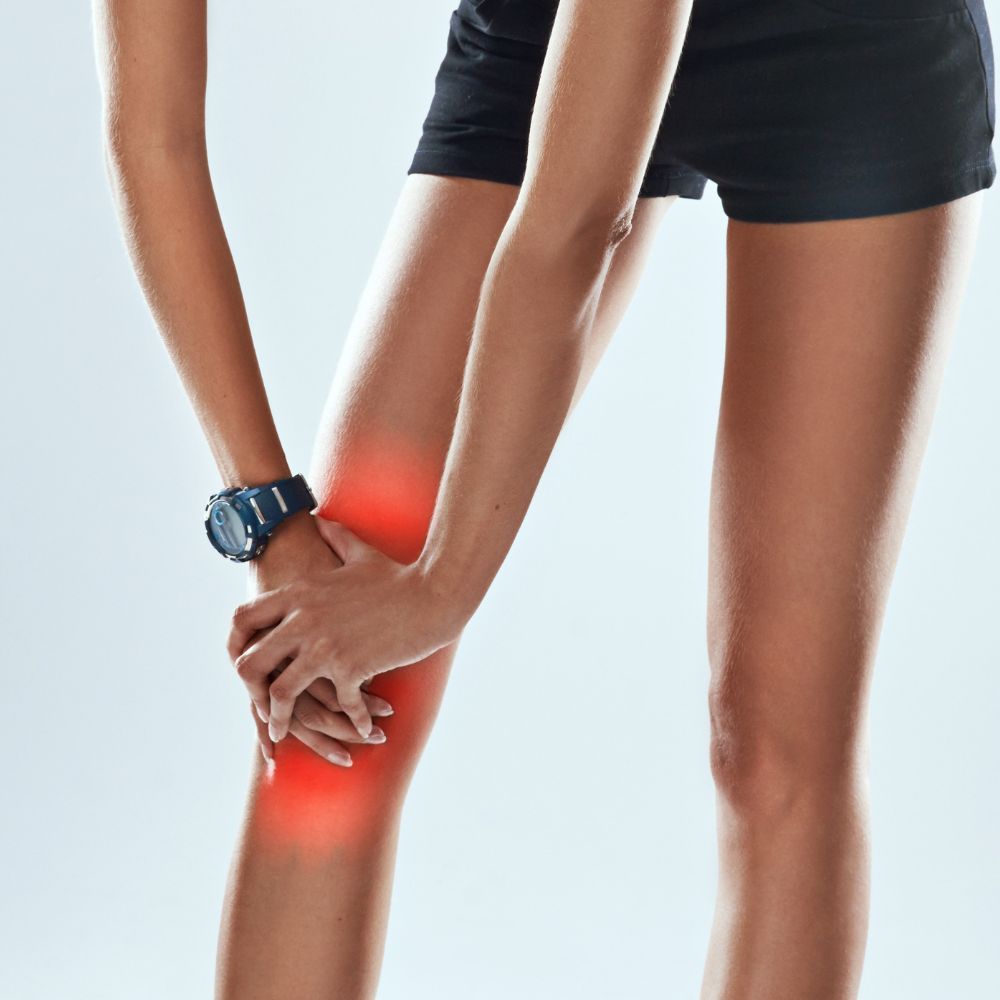A Guide To The Best Shoes for Knee Pain
If you suffer from knee pain, you’ll know how challenging it can be to find footwear that doesn’t aggravate the discomfort. Despite this, we all still want to look and feel our best when we’re out and about. Knee pain shouldn't be a barrier to enjoying your day or feeling confident. This article aims to give you the tools you need to choose the right shoes to support your knees as well as answer some common questions around knee pain and shoes.
Why the Right Footwear Is Important
Choosing the right footwear is crucial for managing knee pain and supporting your overall posture and movement. The right shoes can help reduce stress on the joints, promote proper alignment, and cushion your steps to ease daily activity. Good footwear supports the body's natural movement and distributes weight evenly, which is especially important if your knees are already sensitive or inflamed.
Can Bad Footwear Cause Knee Pain?
In many cases, yes. While knee pain can be caused by a variety of issues, such as arthritis, previous injury, or overuse, poor footwear can contribute significantly. Shoes that lack support or alter your gait (such as high heels or flat sandals with no arch support) can throw your body off balance, putting excess pressure on the knees. Over time, this can lead to strain or even injury. If you already experience knee pain or have conditions like flat feet or overpronation, wearing unsupportive shoes can make things worse.
Can Bad Footwear Make Knee Pain Worse?
Absolutely. Footwear that lacks cushioning, proper support, or arch alignment can exacerbate knee issues by increasing impact or misaligning the legs. High heels are a major culprit as they shift your weight forward, increasing the strain on your knees. Likewise, shoes with uneven wear, minimal shock absorption, or poor grip can throw off your body mechanics, leading to worsened pain or even additional joint problems in the hips and back. Choosing the right shoes can help relieve this pressure and protect your knees from further strain.
Tips on Adapting Existing Shoes for Knee Support
If you have shoes you love but they don’t offer much support, you may be able to make them more knee-friendly with a few tweaks. However, much like with other conditions, it's often better to invest in a quality supportive pair than rely solely on temporary fixes.
- Orthotic Inserts: Adding orthotic insoles (whether custom-made or off-the-shelf) can provide arch support and help improve alignment, reducing the load on your knees.
- Heel Cushions or Pads: These can absorb some of the impact as you walk, reducing jarring on the knee joint.
- Arch Supports: For those with flat feet or overpronation, additional arch support can prevent the knees from rotating inward with each step, reducing long-term strain.
- Avoid Shoe Modifications That Distort Fit: Stretching shoes may help with bunions or narrowness, but for knee issues, support and structure are more important than space. Avoid modifying shoes to the point where they lose their shape or integrity.
Picking Out the Right Footwear
While modifying your existing shoes might help, the best long-term solution is investing in shoes specifically designed to provide support and cushioning. Fortunately, more and more brands are focusing on joint-friendly footwear that doesn't sacrifice style.
- Look for Shock Absorption: Shoes with a cushioned sole, especially under the heel and forefoot, can absorb impact and reduce pressure on the knees.
- Choose Low Heels or Flats With Support: Avoid high heels, which shift your body’s alignment and put added stress on your knees. Aim for shoes with a slight heel or wedge (1–1.5 inches), which often offer better alignment than completely flat soles.
- Opt for Arch Support: Whether built-in or added through insoles, proper arch support helps maintain leg alignment and prevent strain on the knees.
- Flexible Yet Supportive Materials: Look for shoes made with soft, breathable materials that move with your foot but still offer the structure needed for stability. Avoid flimsy, unsupportive flats or rigid, unpadded soles.
- Secure Fit: Shoes with adjustable laces, straps, or velcro allow you to customise the fit and keep your foot stable inside the shoe, preventing unnecessary movement that can stress the knee joint.
- Orthopaedic Alternatives: As with most things nowadays, there are a variety of brands available that offer shoes specifically designed for knee pain. You can also find alternatives for high heels and other troubling shoes. These brands are worth considering as you can often find a good variety of styles but bear in mind that these brands typically cost a bit more.
Managing knee pain involves more than just choosing the right footwear, but it’s a foundational step in protecting your joints and improving your daily comfort. If you are recovering from knee surgery or a knee problem, the right shoes can be vital in your continued recovery.
If you’re dealing with knee pain or related mobility issues and would like some guidance on supportive footwear or orthotic options, please
don’t hesitate to get in touch. We’re available across Leeds for new patients and can
offer a full consultation to help you find lasting relief. We look forward to hearing from you.
